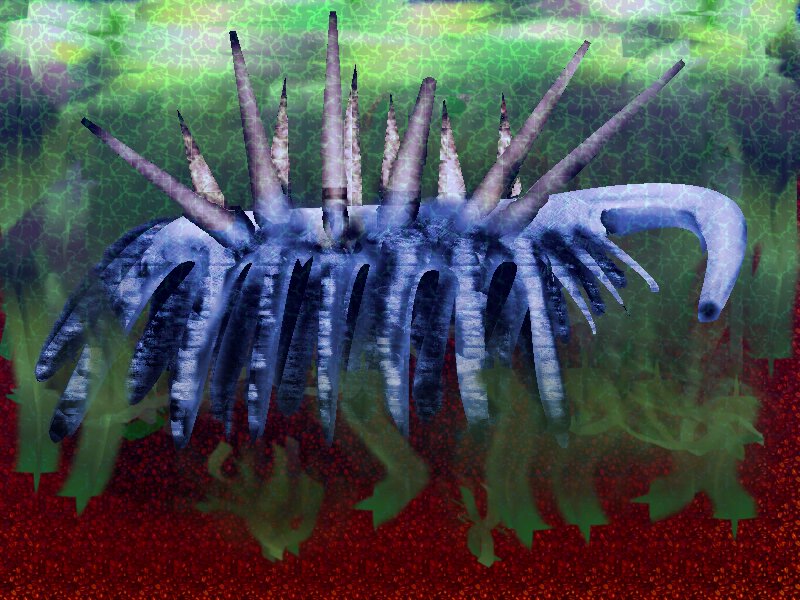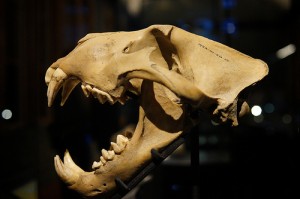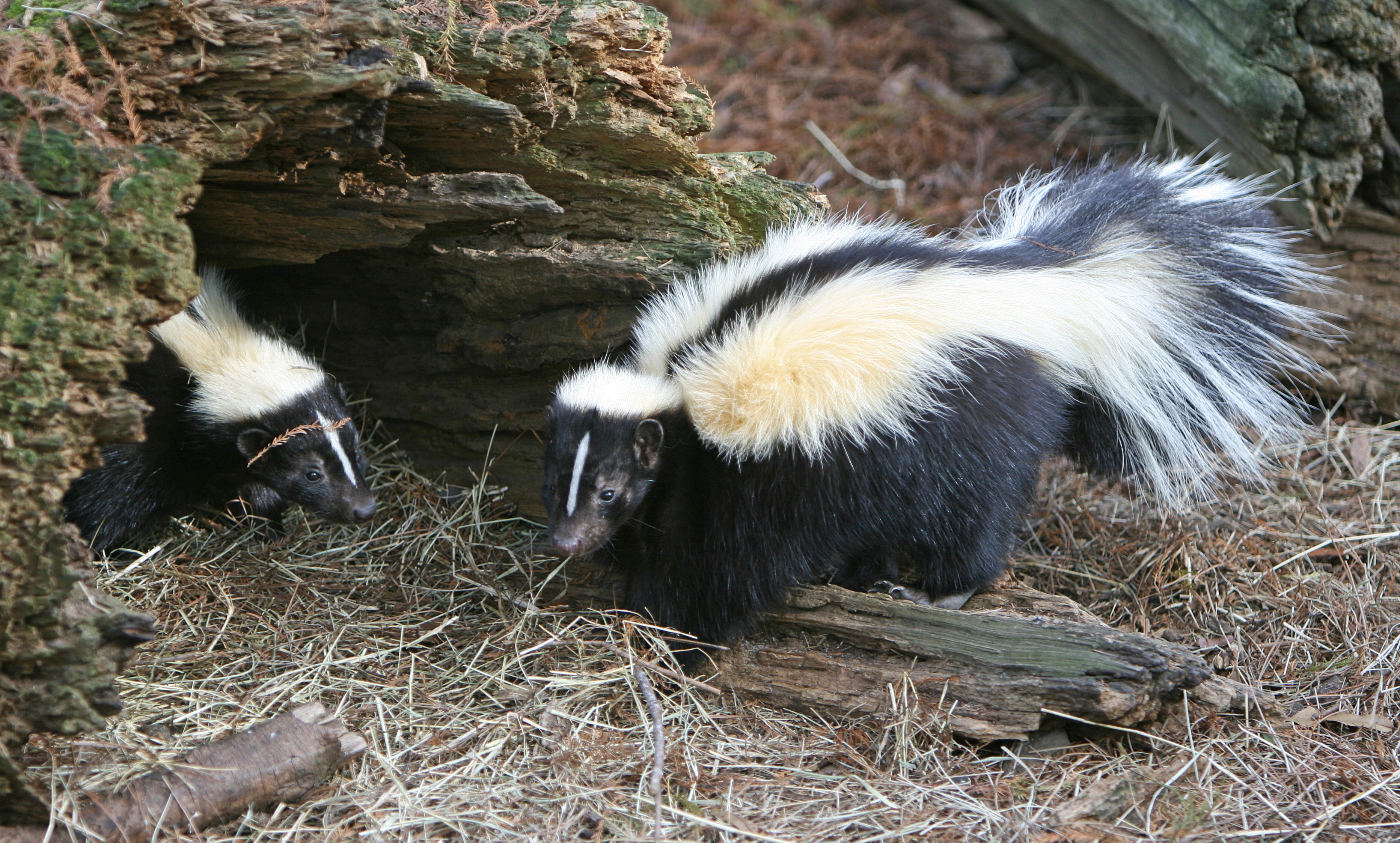Search Results for Tag: species
Dendrogramma, a #speciesoftheweek that could rewrite the tree of animal evolution

Dendrogramma by Jorgen Olesen, Figure 1. Dendrogramma gen. nov., doi:10.1371/journal.pone.0102976.g001
Almost 30 years ago, Biologist Jean Just and his colleagues took samples from the deep sea close to Australia. They used some kind of a wire-mesh cage, dragged by a rope on a ship, to skim the top layer of soil from the ocean floor at 400 and 1000 meter depth. These cages dug out and carried away everything that could not escape fast enough. Among the findings were mushroom-shaped organisms. And in 1986 the scientists had no clue what they had brought to their lab.
So the just a few millimeter sized creatures went the way of all still to be classified findings – and there had been a lot in the cages – it was conserved in the best possible way, in alcohol. Unfortunately, this conservation method is not approriate for any moleculobiological analysis after such a long time, to determine the species’ origin. But it was obvious to the researchers, that even though the organisms shares some of it’s features with comb jellies and Cnidaria it does not belong to either one of them. The species, they named Dendrogramma during the process, does neither feature stinging cells or tentacles (as Cnidaria) nor the typical sensory organs of comb jellies.
Now they know that they had discovered something very special, a new genus: Dendrogramma. And on top of that with two new species named Dendrogramma enigmatica and Dendrogramma discoides.
What does this discovery mean for the family tree of the animal species?
Having found animals that can not be classified to any existing animal group could help to get a clearer view on the evolution of animal kingdom at all. The National Geographic quotes Leonid Moroz, a neurobiologist at the University of Florida: If the new species turn out to be descendants of early animals, the find could “completely reshape the tree of life, and even our understanding of how animals evolved, how neurosystems evolved, how different tissues evolved.” An he adds: “It can rewrite whole textbooks in zoology.”
The research has only just begun.
462 birds – our #numberoftheweek

Bird in the Sun (Photo: CC BY 2.0, Misty via flickr.com: http://bit.ly/1zaWbqD)
Now it’s time for some good news, our soaring #numberoftheweek: The world could contain 462 more bird species than previously thought. 462! That’s really something!
But how can it be that such a large number of bird species had remained undiscovered until now? Did the birds hide somewhere? In large trees? Underground? No, of course not. The discovery follows one of the most comprehensive analyses of today’s known bird species.
As a result, hundreds of birds that had been regarded as sub-species were in fact thought to be different enough to be considered separate species. (via The Independent)
Hallucigenia sparsa has found a home

Artists rendereing of Hallucigenia (Photo: Scorpion451 // CC-BY-SA-2.5. wikipedia: http://bit.ly/1wgt2hA)
When Charles Doolittle Walcott discovered the first Hallucigenia sparsa, a strange looking creature with lots of spikes and legs, he started a classification discussion that would last for more than 100 years. Until recently the bizarre fossil had not found it’s place in the evolutionary Tree of Life – nobody could tell what it actually was. As you can see on the picture above, the critter looks a lot like something you might find in your nightmares. And it’s looks are also the reason for Hallucigenias being used as the creature’s names. It’s said to be a reference to the “dreamlike” appearance of the species.
Creature from the abyss
Around 500 million years ago, the millipede-like creature with spikes lived during the Cambrian Explosion, a period in Earth’s history when most major animal phyla appeared in a relatively short amount of time. We are talking about a period of between five to 10 million years. Science has a lot of evidence in the form of fossils from this time.
The Hallucigenia were between five and 35 millimeters in length, and lived on the floor of the Cambrian oceans.
Finally the journey ends
So, now scientists of the University of Cambridge’s Department of Earth Sciences have finally classified Hallucigenia sparsa as an ancestor of the modern velvet worm. The research was published in the Aug. 17, 2014, issue of the journal Nature.
Unraveling a ‘big cat’ DNA mystery
It has all the makings of a historical thriller – scientists in the UK have used the ancient skulls of Barbary lions preserved in the Tower of London to piece together the origin of modern-day big cats. And, they’ve hit upon a vital clue in India which could help resurrect the extinct and majestic Barbary lion of North Africa. First off, what exactly is a Barbary lion? Once found in huge numbers across North Africa, extending from Egypt to Morocco, it had the most spectacular physical features of all lion species. That included an extensive mane, larger body and a more pointed crown and narrow muzzle. Also called the “Atlas lion,” it was reported to have different colored eyes to other lions. Scientists are divided over when and if Barbary lions really went extinct.
The last record of a Barbary lion is an animal shot in Morocco in 1927, though there is circumstantial evidence that Barbary lions may have survived in the wild in the Atlas Mountains till 1942. European zoos have also tended to claim that they have a Barbary lion or two but experts remain skeptical.
Now, a team led by Ross Barnett of Durham University, UK, has discovered that the majestic animal has close genetic links to the Asiatic lions that live in India. (Less than 400 Asiatic lions survive at present on the Kathiawar Peninsula of India and the species is listed as endangered by the International Union for the Conservation of Nature.)
Barnett’s team came to that conclusion after scientists sequenced mitochondrial DNA from museum-held specimens and from Barbary lion skulls discovered preserved in the Tower of London’s moat and believed to date back to the 14th and 15th century. The study was published in the journal BMC Evolutionary Biology. Barnett said he was surprised by the incredibly close relationship between the extinct Barbary lion from North Africa and the Asiatic lion from India. This, he said, could now get conservationists talking about resurrecting the subspecies and reintroducing lions into North Africa. “This has implications for any future attempts to reintroduce lions into North Africa,” Barnett said. “They could probably be re-seeded with Indian lions.” The researchers compared their findings with genetic sequences drawn from other lions living in Asia and across Africa to work out different subspecies of lion evolved. Their work shows that the single species of modern lions’ most recent common ancestor lived around 124,000 years ago.
Dude, you stink! – a list of species with a bad taste in perfume.
While looking up species for this list, a thought almost inevitably pops up in my mind. What would our daily lives be like if we were to share the characteristics of the species in this post. It could be kind of funny, but the world would stink terribly, that’s for sure. This is a list of just four species – but feel free to add to it in the comments section below. Let’s start:

Garlic Toad – Creative Commons Attribution-Share Alike 2.5 Generic // wikipedia: http://bit.ly/OqgzDB
First of all is a toad. It’s a pretty small one, just between 6,5 and 8 centimetres in length, even the color is not very remarkable. The toad is grey or brown. If you live somewhere between Europe to Western Asia you may have come across them without noticing. But if you stress this little fella, better run. The toad’s name is Garlic Toad, so you get an idea of what’s in store for you, right? If the toad is alarmed, it makes a very loud call and exudes a noxious secretion which smells like – yes, garlic.
The stink bug does not try to hide what it is. The bug stinks, again, if in distress. And also again, the smell reminds of a cooking ingredient – coriander in the bug’s case. The strongly smelling substance is secreted from pores on its chest. As an aside – one will probably like the smell, it seems to be down to your (human’s) DNA whether or not you’d find the smell unpleasant. And we stay in the kitchen: In Laos the bugs are commonly eaten and are regarded as delicious due to their extremely strong odor. Yummy.

Wolverine – Creative Commons Attribution-Share Alike 3.0 Unported / wikipedia: http://bit.ly/1kRlMSO
We leave the insect world for the third species on our smelly list. The wolverine is not exactly what you would think about as a comic book reader. There are no metal implants in the skeleton, but it’s a hairy creature as well. The wolverine we are talking about here can be found in larger numbers in nothern Canada or Alaska, even in the boreal forests and the tundra in Russia. It belongs to the family of the weasels, but looks more like a little bear. That’s where one of it’s nicknames originates from: skunk bear. Yes, the skunk is up next to complete our list. But anyway, the wolverine has potent anal scent glands he uses for marking his territory (and sexual signaling of course). We won’t delve into this subject any further.
Finally, the skunk. Skunks are mammals often found in the Americas. They are notorious for their anal scent glands, which they can use as a defensive weapon. Bad news is, they have two glands, one on each side of the anus. These glands produce a mixture of sulfur-containing chemicals which have a highly offensive smell. The odor is strong enough to ward off even bears and it can be really difficult to remove from clothing.











Feedback